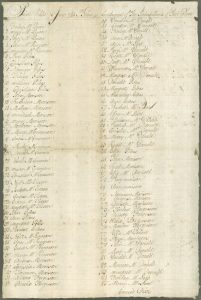 An amazing find - a 250-year-old census showing the earliest recorded population of the Island of St Kilda has been discovered thanks to work by the National Records of Scotland.
An amazing find - a 250-year-old census showing the earliest recorded population of the Island of St Kilda has been discovered thanks to work by the National Records of Scotland.
If you are a Maclachlan, MacQueen, Ferguson, Gillies, MacDonald or MacKinnon, the list of people on the census might have been your ancestors. We still have some space on our St Kilda cruise aboard Proud Seahorse on September 4th 2017 if this trip is on your bucket list and you fancy a bit of luxury on the journey!
The census lists the 90 people living on the island on 15 June 1764, 38 males and 52 females, including 19 families and 9 individuals. After listing their names, the census says that they each ate “36 wild fouls eggs and 18 fouls” (seabirds) a day, an overall daily consumption of 3240 eggs and 1620 birds.
The document was discovered among the papers of the Maclachlan of Maclachlan family during cataloguing by the National Register of Archives for Scotland (NRAS), the branch of the National Records of Scotland which records historical papers held in private hands in Scotland. It is not known exactly why the census was taken, or by whom, but it is likely it was made to contribute to a wider report on the Hebrides.
Until now, the oldest known record of the population dated from 1822. As the later document included ages, it is possible to track five residents of St Kilda who appeared on both censuses, 52 years apart. The 1764 census also includes the ancestors of the final five families to be evacuated from the island in 1930, the MacQueens, Fergusons, Gillies, MacDonalds and MacKinnons.
Dr Alison Rosie, Registrar of the National Register of Archives for Scotland, said that this document sheds new light on the history of St Kilda and the families who lived there, and gives an insight into their lives more than 250 years ago. Through it individuals can be traced back fifty years earlier than the next surviving census, and many of the people listed were the ancestors of the families who left the island in 1930.
The document was found as part of a hoard of papers - around 13 large boxes. The first document that was pulled out dated from 1590 and it was realised that the time had come to call in the professionals. The team from NRAS had the papers spread out all over the dining room of Castle Lachlan – which is not a small room – and went through them, gasping a bit, before explaining that they would need more than an afternoon to evaluate them, boxing them back up and taking them away. A year and half’s study produced a 79 page catalogue .
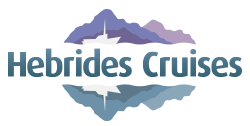





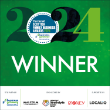
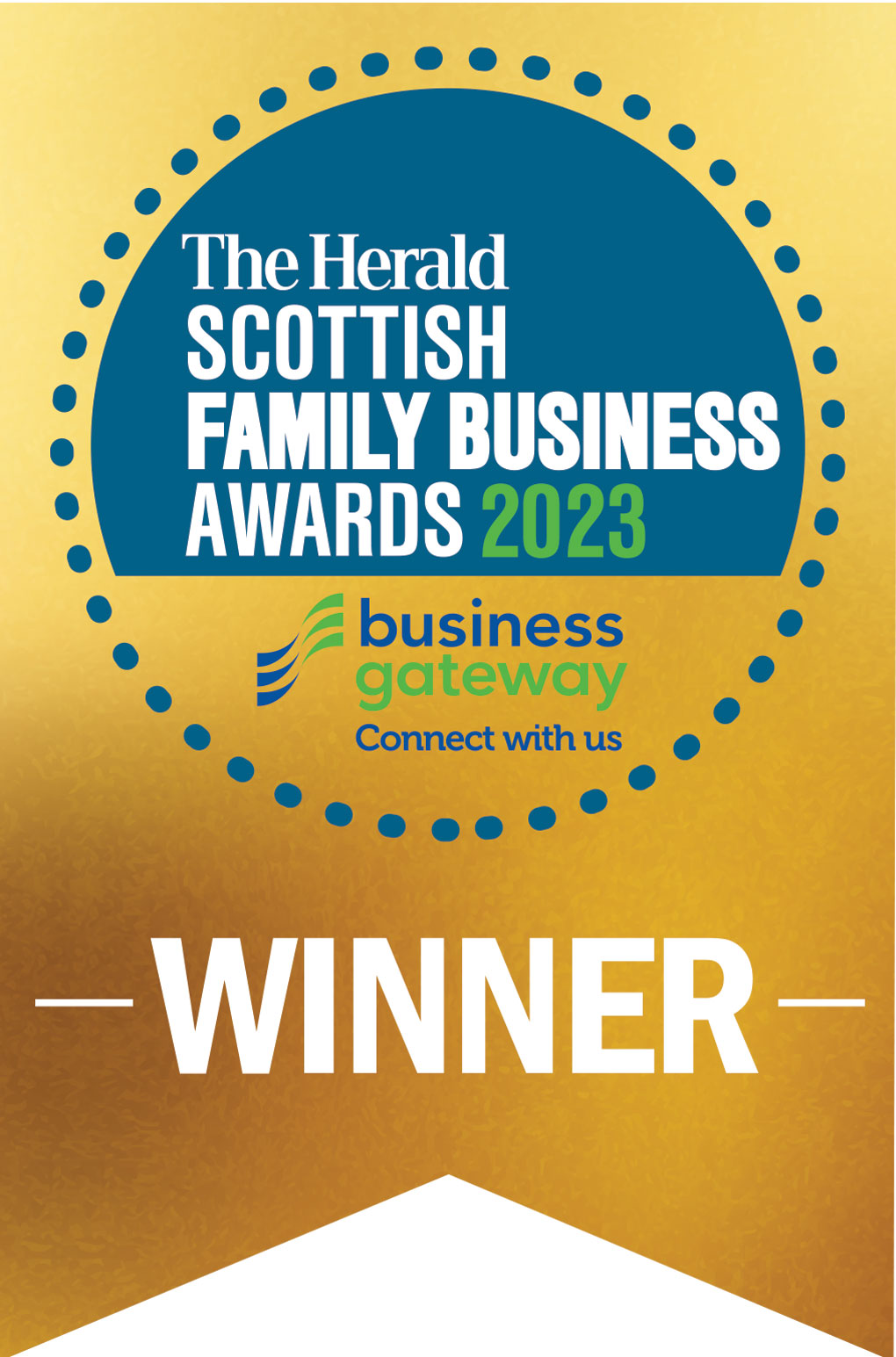

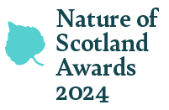
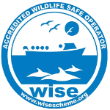
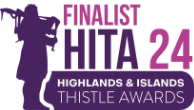
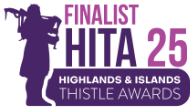
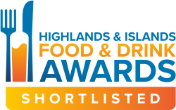

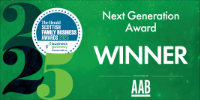
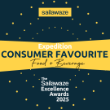
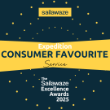








It had been an amazing week with not a drop of rain. Getting to the special places that we visited is what makes a holiday with Hebrides Cruises unique. My thanks to my sailing companions and fellow adventurers, to skipper Rob, mate Craig and cook Mags who were all magnificent, and Emma on shore.
Christina Macaulay: 11 May 2019Private Charter 6 Nights